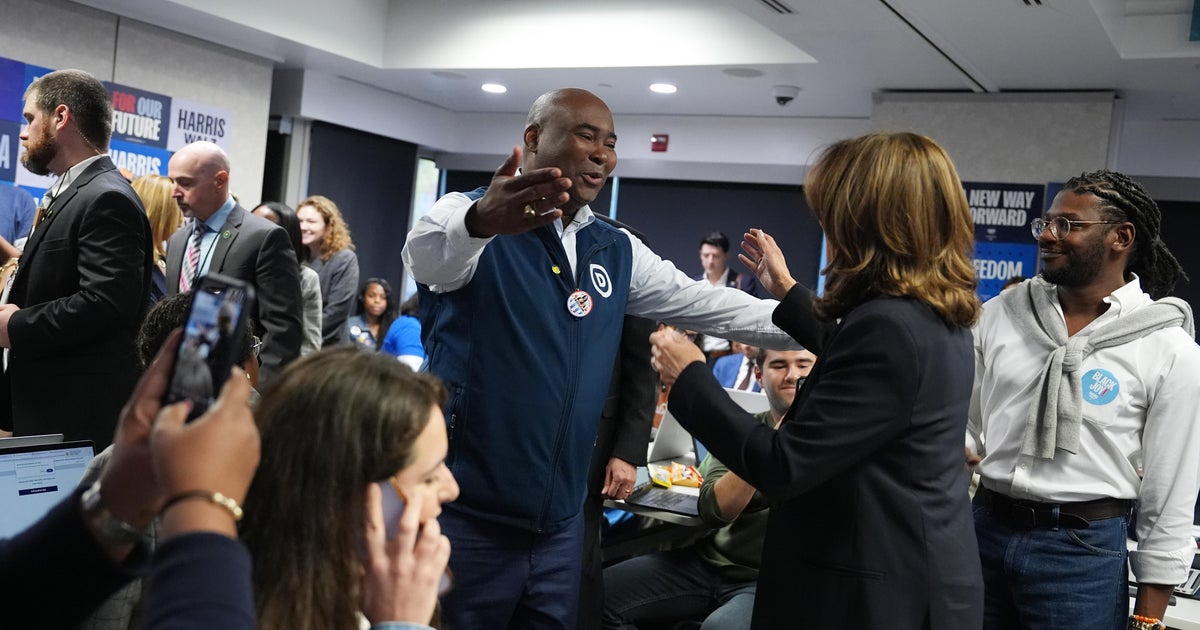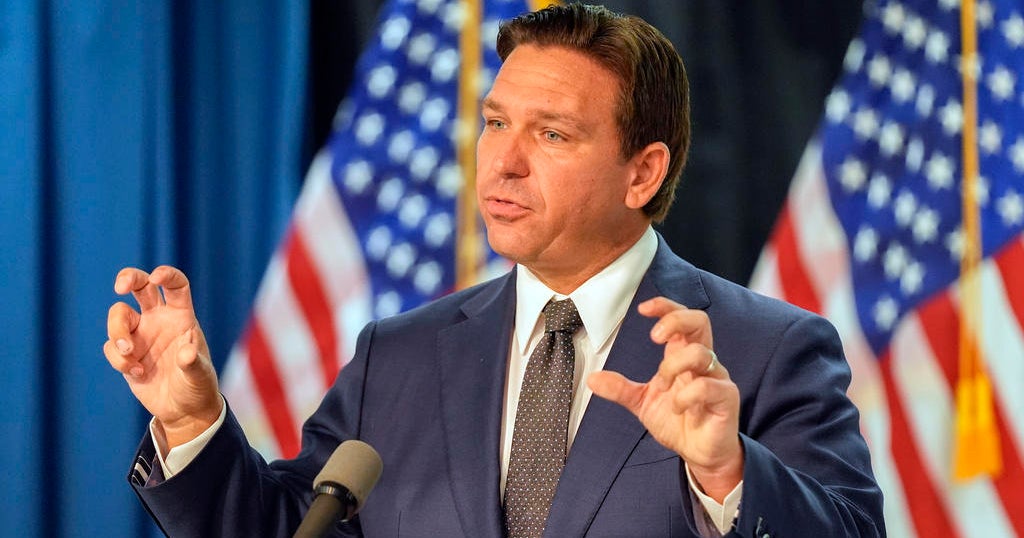Mark Whitaker on the history of the Black power movement
It began on a hot summer night in Mississippi, with a cry from a young Black activist named Stokely Carmichael. The birth of Black Power in 1966 also saw the spread of Afros, dashikis, and the first celebration of Kwanzaa. Seen as radical then, its pioneers highlighted issues that are still very much with us today.
To secure voting rights in Alabama, Carmichael pushed Blacks to form their own political party with a striking panther logo. Borrowing that symbol in California, Huey Newton and Bobby Seale created an armed patrol to monitor police.
Yet for white Americans, "Black Power" rang of menace. In polls, whites suddenly opposed even nonviolent Black protest by two to one. Rocks and racist taunts greeted Martin Luther King Jr. in Chicago.
Infighting also plagued the movement. At a chaotic retreat, Carmichael ousted John Lewis (the future Congressman) as leader of the Student Nonviolent Coordinating Committee, known as SNCC. SNCC militants pushed to expel all white members, leaving a trail of dried-up fundraising.
Asked to explain "Black Power," Carmichael often provoked more than persuaded. In a 1966 primetime special, "Black Power - White Backlash," he spoke with Mike Wallace of CBS News:
Wallace: "Mr. Carmichael, if you had the chance to stand up in front of the white community and say anything you desired, say to them, 'Understand me, white man,' what would you say?"
Carmichael: "I would say, 'Understand yourself, white man. You are the savages. Yes, it is you who have always been uncivilized. Civilize yourself.'"
For today's #BlackLivesMatter Movement, the tumultuous history of Black Power offers lessons, and warnings, about the importance of messaging, unity, and cross-racial alliances.
Yet beyond politics, Black Power had a deep personal meaning. In 1966, veteran journalist Vern Smith was a student at San Francisco State University, where the push for Black Studies began. For him and his Black friends, Vern said, "It was almost like a born-again experience. We were no longer Negroes."
And those African dashikis that remain a symbol of proud Black identity? Well, Vern admits, "we didn't even know what dashikis were before then."
READ AN EXCERPT: "Saying It Loud: 1966—The Year Black Power Challenged the Civil Rights Movement" by Mark Whitaker
For more info:
- "Saying It Loud: 1966—The Year Black Power Challenged the Civil Rights Movement" by Mark Whitaker (Simon & Schuster), in Hardcover, eBook and Audio formats, available February 7 via Amazon, Barnes & Noble and Indiebound
- Follow Mark Whitaker on Twitter
Story produced by Alan Golds. Editor: Joseph Frandino.




